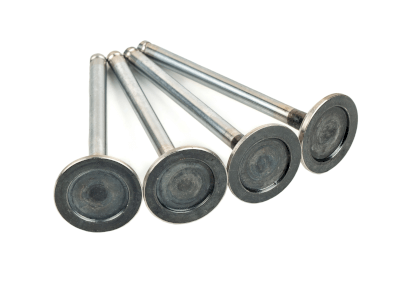What Is an Exhaust Valve?
 An exhaust valve is a device designed to release air, commonly used in pneumatic systems to efficiently discharge compressed air from the piping. Due to its ability to expel large volumes of air rapidly, it is often referred to as a quick exhaust valve or rapid exhaust valve. In automotive contexts, the term ‘exhaust valve’ refers to the component responsible for expelling combustion gases from an engine’s cylinder, distinct from an intake valve that allows air or a fuel mixture into the cylinder.
An exhaust valve is a device designed to release air, commonly used in pneumatic systems to efficiently discharge compressed air from the piping. Due to its ability to expel large volumes of air rapidly, it is often referred to as a quick exhaust valve or rapid exhaust valve. In automotive contexts, the term ‘exhaust valve’ refers to the component responsible for expelling combustion gases from an engine’s cylinder, distinct from an intake valve that allows air or a fuel mixture into the cylinder.
Uses of Exhaust Valves
Exhaust valves are crucial in pneumatic circuits, especially where rapid expulsion of compressed air is necessary. They are typically used in conjunction with air cylinders to facilitate high-speed operations. When connected to the supply and exhaust ports of an air cylinder, these valves enable the rapid release of air without relying on solenoid valves, enhancing the cylinder’s speed and efficiency.
Principle of Exhaust Valves
Exhaust valves feature three ports: IN (compressed air supply side), OUT (cylinder side), and EX (open to atmosphere), along with an internal valve mechanism. When compressed air flows from IN to OUT, the internal valve closes the EX port, linking IN and OUT. Conversely, when air flows from OUT to IN, the valve closes the IN port, connecting OUT to EX for swift exhaust.
The effectiveness of these valves in enabling high-speed cylinder movement depends on factors such as the flow rate of compressed air, the cross-sectional area of the piping, and the air pressure. Therefore, the selection of surrounding equipment is crucial to ensure optimal performance.
In applications where the exhaust valve functions as an OR valve, the IN and EX ports serve as inputs, with the OUT port acting as the output.